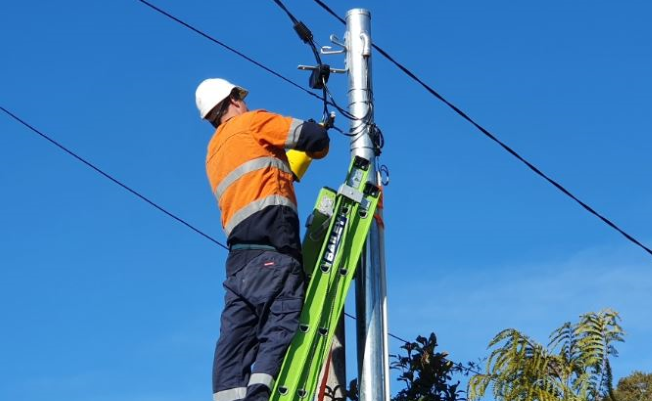Why Redmond’s Storage Sheds Become Rodent Havens in Late Fall
With temperatures dropping in and around Redmond, Oregon, most homeowners tend to forget one vulnerability on their property: the shed. It is not until late fall that our furry counterparts undergo a radical behavioral change, and those cute little outdoor structures metamorphose into prime real estate for mice, rats, and other critters. As October and November nights in Redmond’s high desert climate fall into the 20s, rodents naturally look for shelters that offer warmth, protection, and nesting materials.
Your shed, ready with boxes and old furniture, overgrown gardens, and forgotten seasonal items, has just what they want. Since a single mouse can give birth to 10 litters in a year, this small concern can grow into a massive infestation within days. If you have witnessed excessive activity around your storage shed, seeking help from pointepest.com can spare you costly damage before winter sets in.
Why Rodents Target Storage Sheds in Redmond?
As fall turns to winter, storage sheds take on special appeal to rodents, thanks to Redmond’s unique geography and climate. Here is what draws them in:
- Temperature drops trigger survival instincts – When Redmond temperatures at night plunge below freezing by the end of October, rodents actively search for insulated places to shelter, and insulated sheds with items stored inside are a perfect source of warmth
- Abundant nesting materials – Cardboard boxes, old rags, paper products, and insulation stored in sheds make fantastic nesting material
- Food sources nearby – If you have a shed near a garden, compost, or a bird feeder, you have a one-stop habitat where all food sources are within reach.
- Minimal human traffic – Compared to your house, sheds are only occasionally visited during the fall and winter. This means rodents will have quiet time to create colonies that are often undetected.
The Hidden Costs of Rodent Infestations in Sheds
The costs of a rodent infestation go far beyond an initial annoyance. Among their many attributes, rodents gnaw incessantly to prevent their teeth from growing too long, making a snack of your precious belongings. For sheds with power, both electrical wiring and circuitry can be damaged, posing a fire risk to your whole house.
Even boxes containing family heirlooms, seasonal decorations, or camping gear are irreparably ruined by urine, droppings, and gnaw marks. Rodents cause around $20 billion in damage each year in the United States, according to the National Pest Management Association.
It gets worse in Redmond, where about 68 percent of homes have detached storage buildings. In addition to destroying stuff, rodents carry hantavirus, salmonella, and other diseases, and can easily contaminate things you then bring into your house.
Signs Your Redmond Shed Is Already Hosting Rodents
- Droppings near corners or along walls – Fresh droppings are dark and moist and become gray and crumbly as they age. Look for droppings near corners and along walls.
- Gnaw marks on wood, plastic containers, or cardboard – Look for tiny teeth marks on stored items, particularly around edges and corners
- Shredded materials or visible nests – Rodents rip up paper, materials, and insulation to build nests the size of softballs in hidden locations
- Grease marks along baseboards – Rats will leave dark, oily smears around the edges of their travel paths
- Strange odors– A stale, ammonia-like scent suggests active rodent activity
- Scratching or scurrying sounds – Visit during dusk when rodents are most active to listen for movement
Professional Rodent Prevention for Redmond Storage Sheds
Even though DIY can be a low-cost option, a professional approach is necessary for both immediate infestations and future prevention. Pointe Pest Control is committed to protecting Redmond properties with Central Oregon-specific solutions against rodent invaders. They know how the region’s climate patterns, native rodent species, and standard property layouts contribute to specific vulnerabilities. This is achieved by identifying access points as small as a quarter inch, using exclusion methods that can withstand Redmond weather, and creating monitoring systems that prevent issues before they arise.




